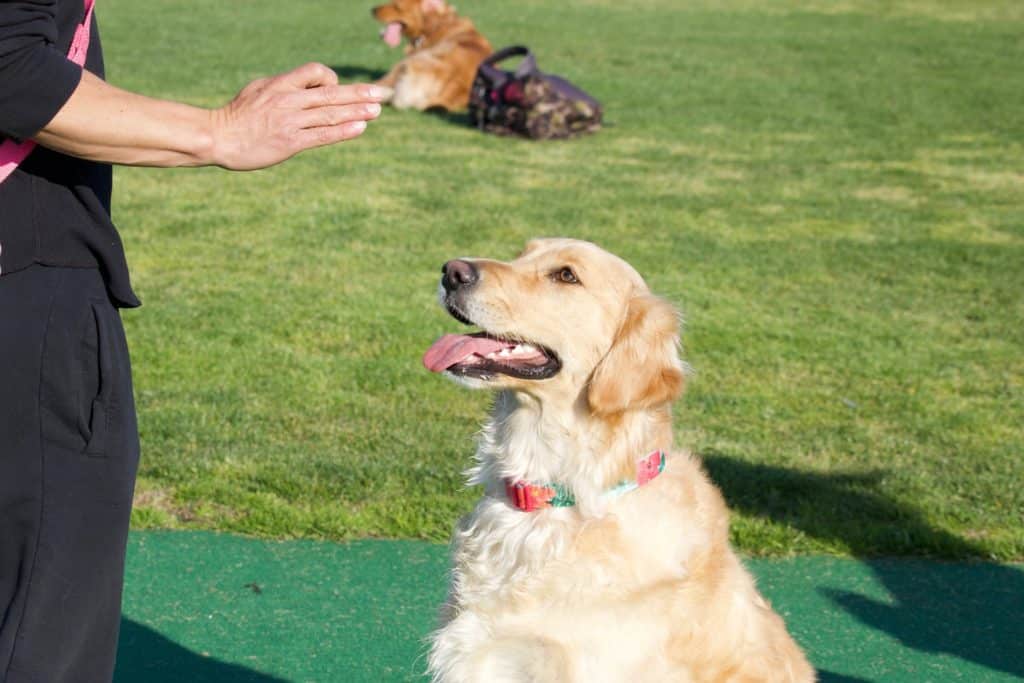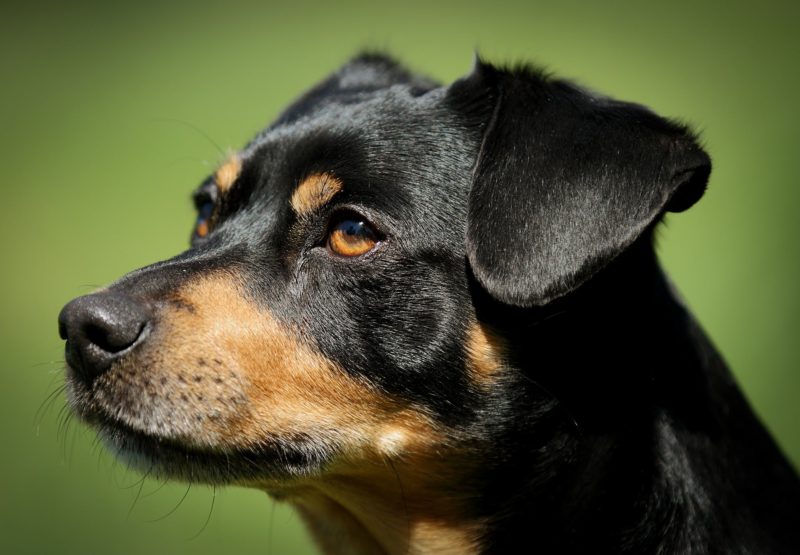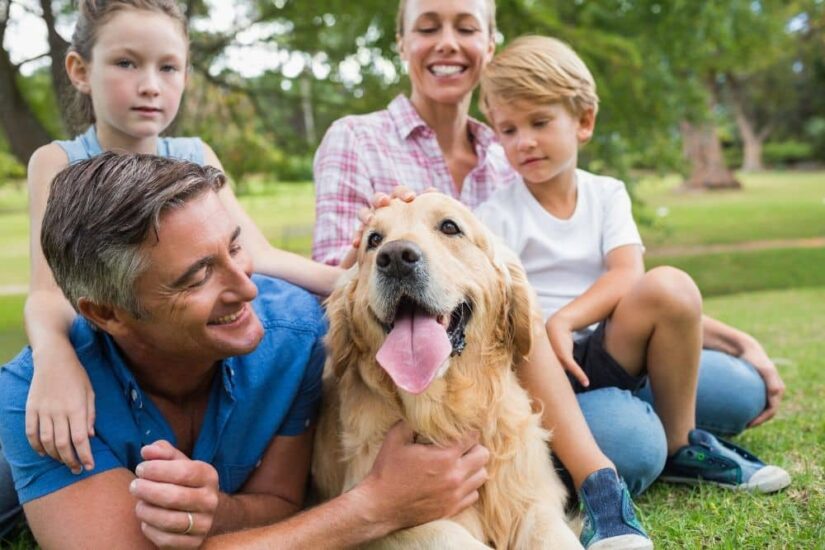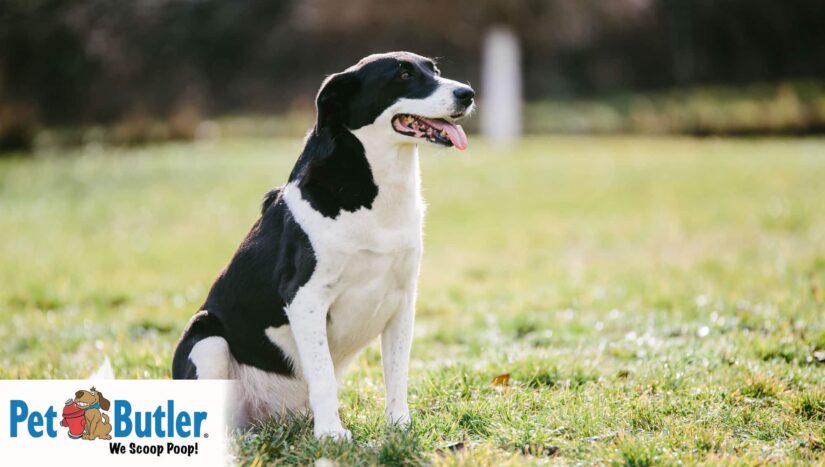The first time our dogs sit, lay down, or roll over, many inevitable questions follow. How much more can they do? What else can they learn? How smart are dogs, and what really goes on inside those fuzzy little heads? Thankfully, the dog-world’s continued curiosity surrounding these ideas has led to a plethora of research and given rise to some remarkably interesting results.
How Do We Measure Dog Intelligence?
Before diving into this discussion, it’s important to clarify what “smart” really means. Truthfully, it’s difficult to formulate a specific definition. There are a variety of ways to evaluate our pets on how they perceive the world, and since many of these assessments often focus on a particular sense, certain tests might give some breeds an upper hand. An olfactory or auditory exam, for example, gives very positive results for hounds, whereas exams focusing on emotional receptiveness or social intuitiveness are less impressive. Therefore, depending on what qualities an owner is looking for, one breed might be “better” or “smarter,” than another.
What Makes a Dog Smart?
That said, general intelligence is an accepted idea by scientists studying our dogs’ brains; it is the collective determination of all the factors that make a dog “smart.” These factors range from cognizance about object permanence or knowing that objects continue to exist, despite a present disappearance, to realizing that time is linear and continuous.
Other notable qualities some dogs exhibit include the ability to read cues such as pointing fingers, the capability to express complex emotions like jealousy and playfulness, and the capacity for simple spatial awareness. And yes, many dogs can learn to observe their humans. While it’s questionable that they experience true empathy with their humans, they do understand our tone, our behavior, and our faces. They can detect when we are happy, sad, or mad, even though they do not necessarily process those feelings back. They do think about us, just in their own way. Of course, not all dogs develop these traits, nor are they all capable of such feats. But, with the help of researchers around the globe, as well as collegiate institutions and the Association for Psychological Science (APS), we know that our pets can understand a lot more than we previously assumed.
Dog Breeds Think Differently
With these attributes in mind, researchers have recognized some trends among dog breeds. According to leading dog psychologist Stanley Coren, the smartest dogs are…
- Border Collies
- Poodles
- German Shepherds
- Golden Retrievers
- Doberman Pincers
These dogs are the Einsteins among the canine, and they thrive in more active environments because of it. In fact, breeds that are more energetic and social overall usually tend toward the smarter side of the spectrum, as they derive their brainpower from such a lifestyle.

Another characteristic often associated with dog intelligence is their size. It has been found that, while small dogs are no dummies, the larger breeds are more intellectually gifted. Professor Coren approves this claim, as only one small dog can be found in his top ten smartest dogs: the Papillon.
Exercising Your Dog’s Brain
Although these trends have been proved in more recent history, that isn’t to say your dog isn’t smart. Moreover, it does not mean your dog has to stay as a duller furry friend. The best exercises to assist brain growth are self-explanatory:
- Teach them new tricks
- Use hand gestures alongside commands
- Give them challenges
There are plenty of puzzle-oriented dog toys out there which healthily stimulate brain activity. There are even food bowls designed in this fashion – use them!
Start Young
These teaching mechanisms are preferable at a younger age. Puppies, just like babies, respond to teaching better than older dogs, and this applies in everything from socializing and obedience to tricks and games. Keeping them active and social, especially when they are puppies, will raise them to be smart little guys.
There is still a lot to know about how man’s best friend comprehends the world, and science is on the cusp of more and more revelation. But for now, it is at least satisfying to know that they think about humans and do have some unique talents. It is also pleasing to know that they’re more intelligent than a lot of other animals! Dogs have been proclaimed again and again as one of the smartest species on the planet, and although we are perhaps a little biased in giving them high praise, they don’t deserve any less. Besides elephants, dolphins, primates, and a few other species, they are one of the most intelligent mammals to walk our earth.


